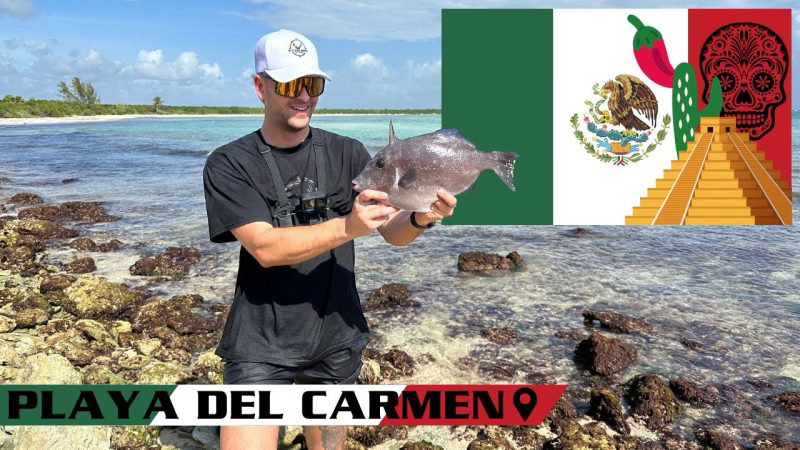Reviews
User Score
Rate This
Descriptions:
Tuna fishing
Tuna fishing. Pleasurefishing is a real sport. Inshore fishing, deep-sea fishing, trolling, luring, grazing… There are almost as many fishing techniques as there are anglers and enthusiasts! But fishing is also a way of life that can be shared, with family and friends, and tuna fishing on the high seas is particularly popular. Tuna is a pelagic fish, meaning it lives on the high seas. It is also present in the Mediterranean and Atlantic oceans. Its body is built for speed, enabling it to reach peaks of 80km/h; the largest specimens measure over 3 m and weigh over 650 kg… For pleasure fishing, we are generally content to catch young specimens measuring from 1m15 to 2m. Tuna live in schools and eat a lot: their appetite makes it easy to spot them on the high seas. When huntingWhen a school of mackerel, herring or sardines is brought to the surface, the seagulls often come to help themselves, diving into the frenetic agitation caused by the hunt at the water’s surface. This agitation and the ballet of the seagulls is the best way to spot a school of tuna. Note that tuna have no preferred environment: they swim just as well on the surface as at depth… To catch them, don’t hesitate to vary your fishing techniques and target depths.The enormous advantage of tuna is that it’s at home everywhere: previously fished mainly in the Baltic and North Seas, it is now found in large quantities in the Mediterranean as well as the Atlantic Ocean, and is no longer caught as far from the coast as it once was.


























